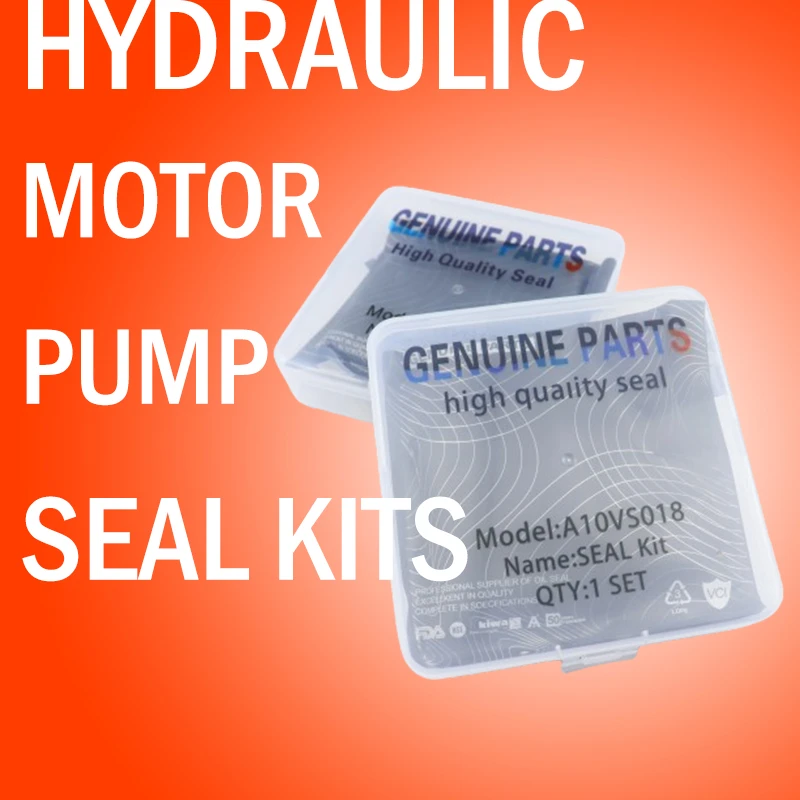Dec . 13, 2024 21:09 Back to list
hydraulic seal
Understanding Hydraulic Seals Essential Components in Fluid Power Systems
Hydraulic seals are critical components used in fluid power systems to prevent the leakage of hydraulic fluids while allowing the efficient transfer of power through hydraulic machinery. These seals play an integral role in various applications, from construction equipment and manufacturing machinery to automotive systems and aerospace technology. Understanding the types, materials, and functions of hydraulic seals is essential for anyone involved in the design, operation, or maintenance of hydraulic equipment.
The Function of Hydraulic Seals
At its core, the primary function of a hydraulic seal is to contain hydraulic fluid within a system while preventing contamination by external elements like dirt and moisture. This containment is crucial for maintaining system pressure and ensuring the efficient operation of hydraulic components such as cylinders, pumps, and valves. Hydraulic seals achieve this by creating a tight seal between stationary and moving parts, minimizing the risk of leaks that could lead to decreased performance, increased wear, and even catastrophic failure in some cases.
Types of Hydraulic Seals
Hydraulic seals come in various types, each designed for specific applications based on factors such as pressure, temperature, and the type of fluid involved. The most common types include
1. O-Rings These are circular seals that provide reliable sealing with minimal space. O-rings are widely used due to their simple design, ease of installation, and versatility in various applications.
2. U-Cups U-cups are designed to fit around the piston or rod of hydraulic cylinders. They are effective for low-pressure dynamic sealing applications and provide better sealing capabilities than O-rings in certain situations.
3. V-Rings V-rings are lip seals that can handle both dynamic and static sealing applications. They are particularly effective at preventing dust and dirt contamination and are often used in rotary systems.
4. Rod Seals These seals are specifically designed to seal the rod of a hydraulic cylinder, preventing fluid leakage while maintaining effective movement.
5. Piston Seals Designed to seal the piston within a cylinder, piston seals ensure fluid is directed in the intended path while minimizing drag on the moving parts.
hydraulic seal

Materials Used in Hydraulic Seals
The effectiveness of a hydraulic seal depends significantly on the materials from which it is made. Common materials include
- Nitrile Rubber (NBR) This material is widely used due to its excellent oil resistance and good flexibility at low temperatures.
- Fluorocarbon (FKM) Known for its high-temperature resistance and chemical compatibility, fluorocarbon seals are ideal for harsh conditions.
- Polyurethane This material offers good wear resistance and is often used in situations where abrasion is a significant concern.
- PTFE (Teflon) Teflon is frictionless and non-sticking, making it perfect for seals that operate under extreme conditions.
Importance of Proper Selection and Maintenance
Choosing the right hydraulic seal for a specific application is essential. Factors such as pressure ratings, temperature ranges, fluid compatibility, and the mechanical requirements of the equipment must all be considered. Poor seal selection can lead to premature failure, reduced efficiency, and increased operating costs.
Furthermore, regular maintenance of hydraulic seals is critical. Preventative measures such as routine inspections, proper cleaning of sealing surfaces, and timely replacements can significantly extend the lifespan of hydraulic components. Operators should be trained to identify early signs of seal wear, such as leaking fluids or erratic machine behavior, enabling them to take corrective actions before severe damage occurs.
Conclusion
In conclusion, hydraulic seals are vital components that ensure the efficiency and reliability of hydraulic systems. Understanding their function, types, materials, and the importance of proper selection and maintenance is essential for engineers, technicians, and operators. As industries continue to evolve and rely on hydraulic technology, investing time in learning about hydraulic seals can lead to enhanced performance, increased safety, and reduced operational costs. In a world where precision and efficiency are paramount, hydraulic seals stand as a testament to the engineering prowess that enables modern machinery to function effectively.
-
TCN Oil Seal Metal Ring Reinforcement for Heavy Machinery
NewsJul.25,2025
-
Rotary Lip Seal Spring-Loaded Design for High-Speed Applications
NewsJul.25,2025
-
Hydraulic Cylinder Seals Polyurethane Material for High-Impact Jobs
NewsJul.25,2025
-
High Pressure Oil Seal Polyurethane Coating Wear Resistance
NewsJul.25,2025
-
Dust Proof Seal Double Lip Design for Construction Equipment
NewsJul.25,2025
-
Hub Seal Polyurethane Wear Resistance in Agricultural Vehicles
NewsJul.25,2025
-
The Trans-formative Journey of Wheel Hub Oil Seals
NewsJun.06,2025
Products categories
















